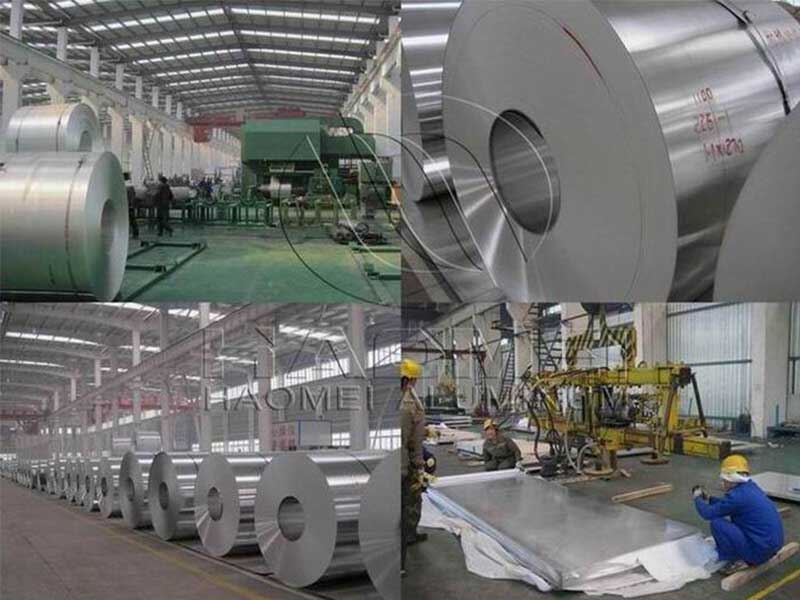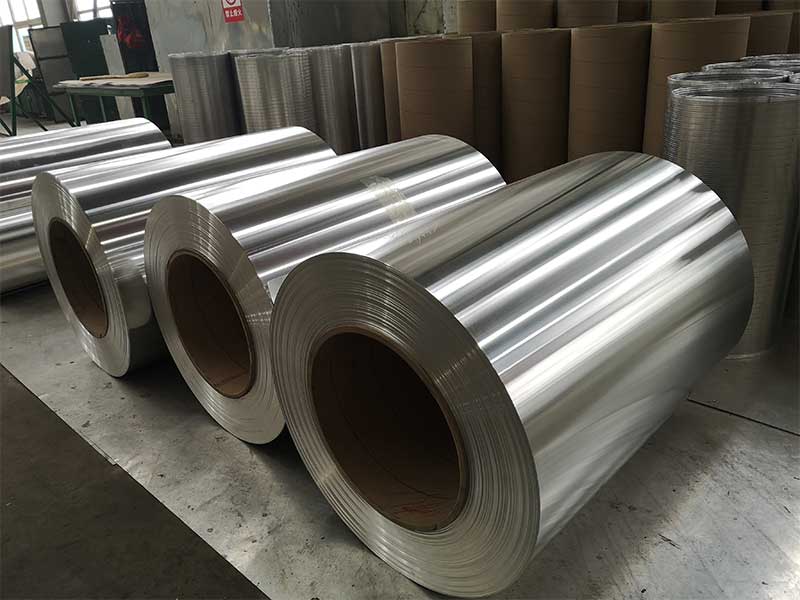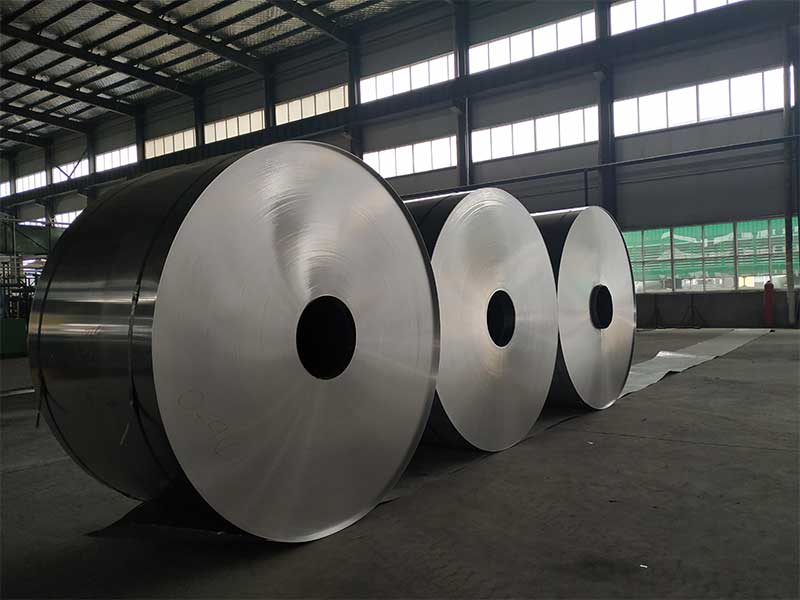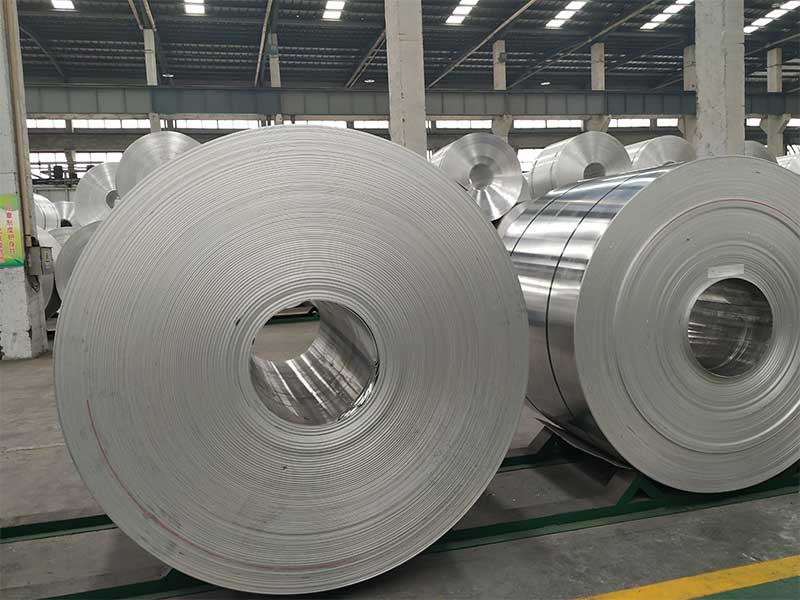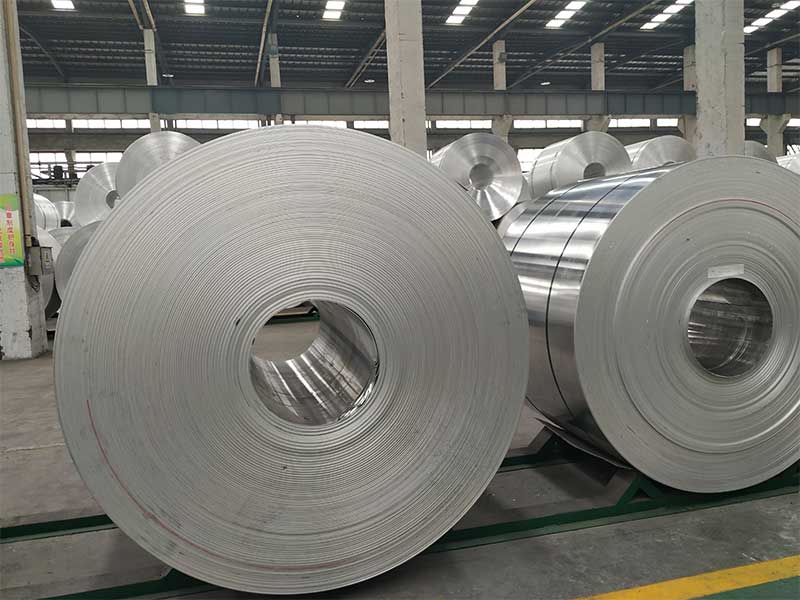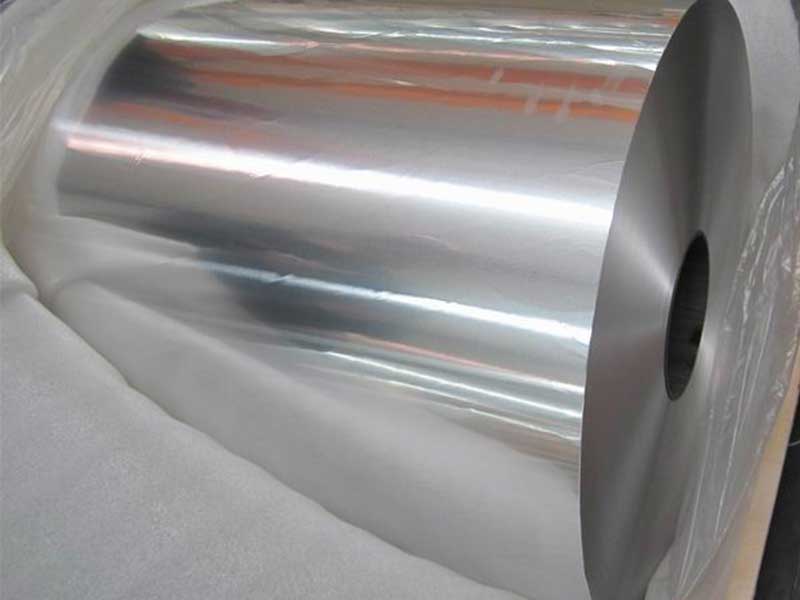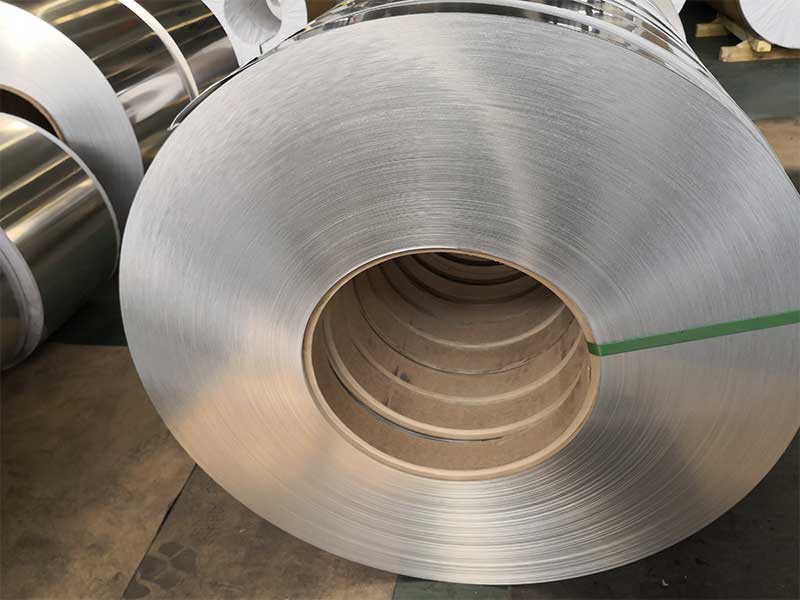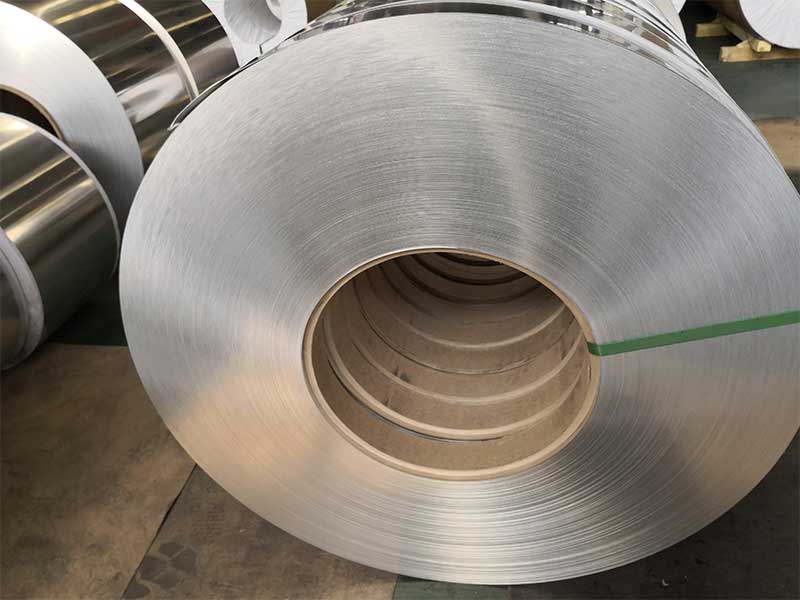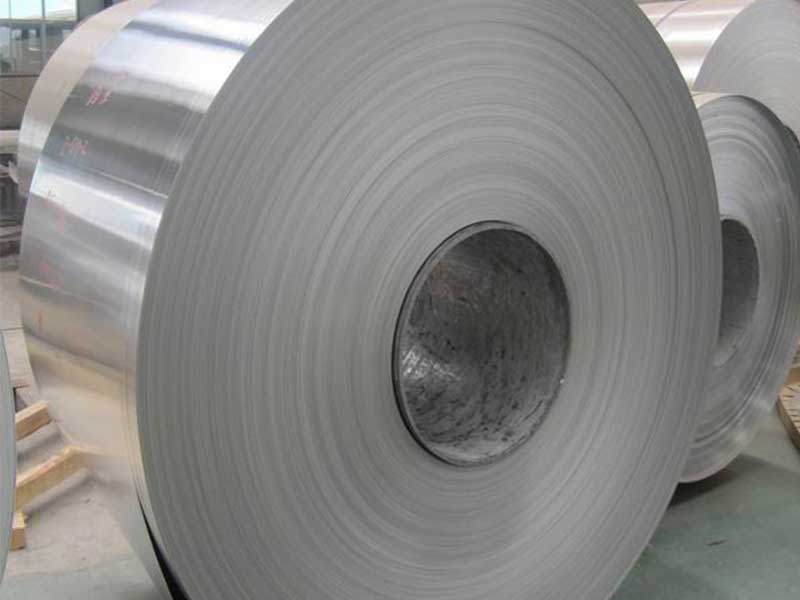2025-02-10 https://www.aluminum-coils.com/a/aluminum-coil-for-sandwich-panels.html
Aluminum is a remarkable material that has become increasingly pivotal in modern architecture and construction. When considering aluminum for structural applications, aluminum coils are often overlooked, yet these vital components play a significant role, especially when discussing the manufacture of sandwich panels. Today, we dive into aluminum coils specifically tailored for sandwich panels and their potential from a fresh, transformative perspective.
Sandwich Panels and Their Structure
The term "sandwich panel" evokes ideas of layered richness—in culinary terms, of course—but in construction, it refers to a composite assembly comprising two thin outer sheets attached to a thicker inner insulation core. This structure exploits the strengths of diverse materials, providing durability, thermal insulation, and lightweight properties beneficial for modern construction projects. The outer layer is predominantly made of aluminum, which is crucial for improving both aesthetic appeal and structural performance.
Working with aluminum coil destined for sandwich panels is a different beast than other applications. The demands for surface finish are incredibly high – even minor imperfections can be hugely amplified when the coil is rolled into a panel and viewed from a distance. We're constantly battling issues like coil tension and surface scratches, which are magnified during the panel forming process. A seemingly minor defect in the coil can lead to rejected panels and significant production delays, meaning intense quality control throughout the entire process, from incoming material inspection to final coil packaging, is paramount. The consistent gauge and flatness are also crucial – any variation can lead to inconsistencies in the finished panel, impacting both its aesthetics and structural integrity. We even have specialized equipment to measure the coil's flatness across its entire width with laser technology, to minimize costly rework downstream.
Beyond the technical challenges, I've come to appreciate the sheer versatility of aluminum coil in sandwich panels. Seeing the finished product, whether it's a gleaming modern building facade or a sleek, insulated refrigeration unit, is always rewarding. The lightweight yet robust nature of aluminum, combined with the insulating core, offers a potent combination that's increasingly crucial in sustainable building design. It's fascinating to see how seemingly simple coils of metal contribute to larger-scale projects, impacting everything from energy efficiency to architectural aesthetics. the downstream applications drives our team to consistently strive for top-quality production, ensuring the end product meets its design expectations reliably and efficiently
Why Aluminum Coils?
Aluminum’s exceptional qualities—corrosion resistance, strength-to-weight ratio, and remarkable thermal conductivity—have made it a go-to alternative for many construction applications. Aluminum coils are often processed into continuous lengths that serve as formidable material for the outer sheets of sandwich panels.
A Unique Perspective: Design Flexibility with Aluminum Coils
From a design vantage point, the versatility offered by aluminum coils is simply unparalleled. The flexibility of aluminum allows for a host of finishes that can mimic natural metals, vibrant colors, or even textures, promoting a never-ending realm of possibilities in architectural designs. Fascinatingly, cutting-edge techniques, such as pre-painting, brilliant coatings, and pattern embossed finishes, are paving the way for open-minded creators looking to uphold aesthetic integrity without sacrificing functionality.
Not only that, aluminum coils come in varying thicknesses—usually between 0.2mm and 1.2mm—providing designers with exquisite customization potential. This adaptability can inspire aerially decorated buildings and sleek modern warehouses alike, enhancing visual appeal while removing the rust-bucket image once associated with functional buildings.
Technical Marvels Behind Aluminum for Sandwich Panels
Moving away from pure appearances, it's valuable to ponder on the technical facets aluminum coils offer:
-
Thermal Conductivity: The inherent thermal properties foster efficiency in heating and cooling systems. Designers should take full advantage of low thermal bridging, resulting in energy-efficient buildings.
-
Fire Resistance: Unlike some materials prevalent in conventional panel construction, aluminum has natural non-combustible characteristics, making sandwiches panels a notorious choice for structures required to meet stringent fire regulations.
-
Industry Standards: Coils have to blend performance with aesthetic refinement, following rigorous standards such as ASTM requirements for flatness and surface finish. Emphasizing these details can elevate construction quality tenfold.
-
Ductility and Strength: Boasting strength while retaining notable flexibility permit architects crossing magnificent spans and attaining structural stability without adding excess weight.
Sustainable Innovation in Aluminum Challenge Initiatives
Conclusively, the environmental aspect does introduce a different slant regarding aluminum cars and their eco-friendlier credentials. Today, corporations are implementing sustainability ideations by emphasizing many grades of recyclable aluminum. By promoting the sustainable lifecycle of aluminum coils, businesses convey a commitment to responsible design practices ultimately beneficial to end-users and the environment.
How companies source their raw materials is equally memorable—minimizing carbon footprints through extracted process technologies fosters an environmentally-forward sector grounding brand beliefs.
Final Thoughts
In a construction landscape rapidly evolving to prioritize hybrid and sustainable materials, aluminum coils settle smoothly into a productive conversation centered around adaptability, innovation, and durability with astounding views worth celebrating. Embracing their multifaceted benefits—as sandwich panels roll maintaining pepilicious delights of versatility alongside extraordinary performance characteristics—forms the sentinel to further development of elevating buildings we utilize each day.
Engage with us in rediscovering aluminum coils, a thriving point illustrating $$o$$ lame architecture's future wisely!
By sharing this production insight into aluminum coils’ power facilitating sandwich panels, new openings stimulate adventures that await generations ahead in crafting safer, functional, and aesthetically pleasing spaces poised to stand the test of time.
Concluding today, let's appreciate aluminum coils as the architect's confederacy, driving elaborate existences in panels forward consistently.

